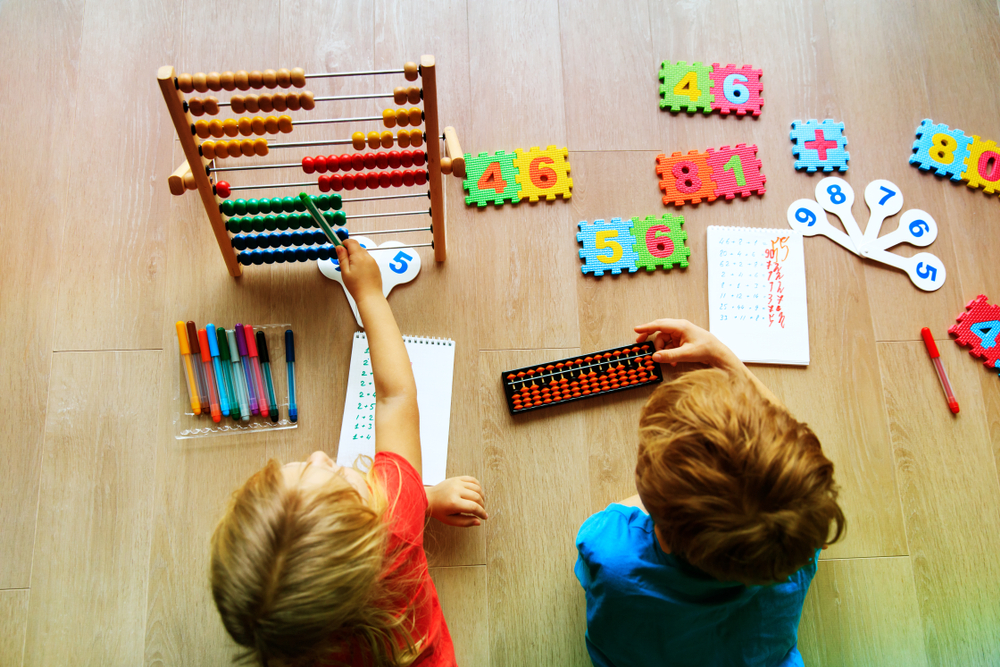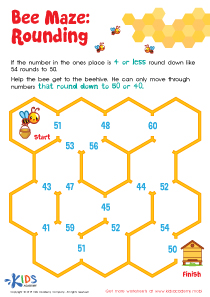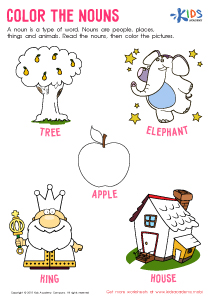Visual perception Numbers up to 100 Worksheets for Ages 6-8
4 filtered results
-
From - To
Enhance your child's visual perception skills with our engaging "Visual Perception Numbers up to 100 Worksheets" designed specifically for ages 6-8. These worksheets provide a fun and interactive way to help young learners recognize, differentiate, and understand numbers up to 100. Through a variety of exercises that include matching, sorting, and identifying patterns, children will sharpen their visual processing abilities, which are crucial for mathematical learning. Our user-friendly resources are ideal for both classroom settings and at-home study. Support your child's early math skills while making learning enjoyable with these educational worksheets that foster confidence and proficiency in mathematics.


Counting Fun Worksheet
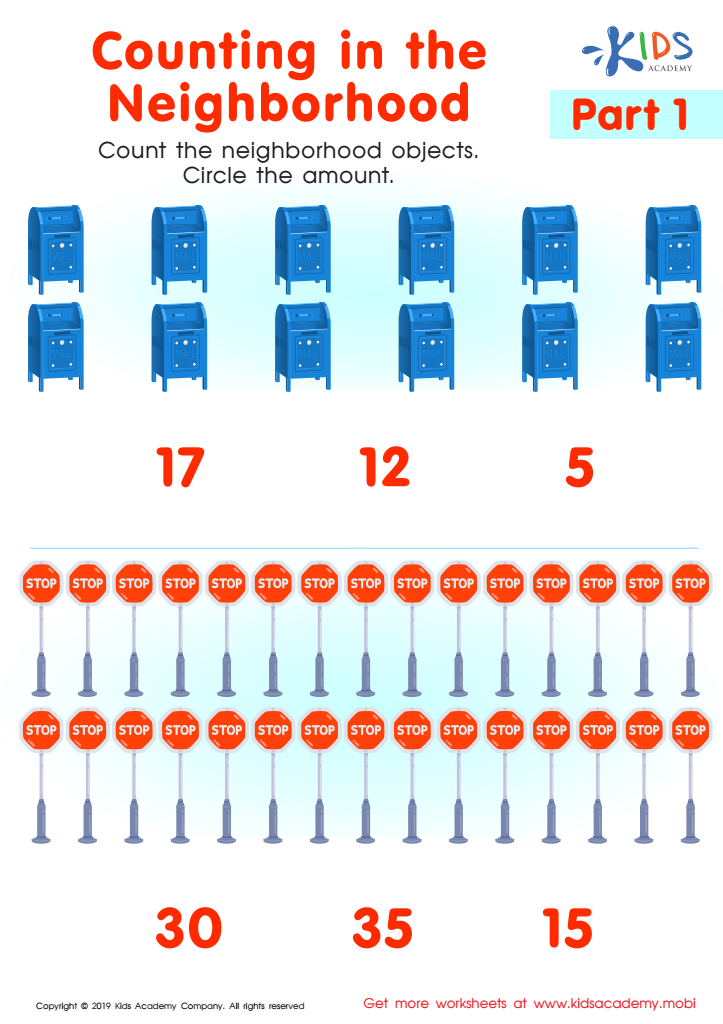

Counting in the Neighborhood Part1 Worksheet
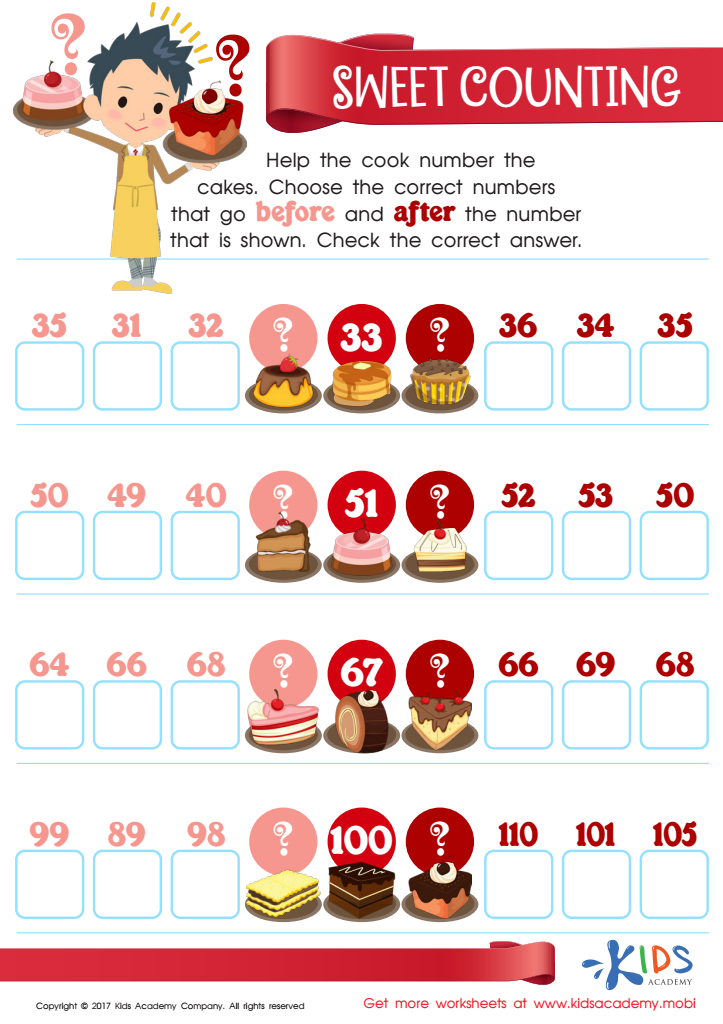

Sweet Counting - Part 1 Worksheet
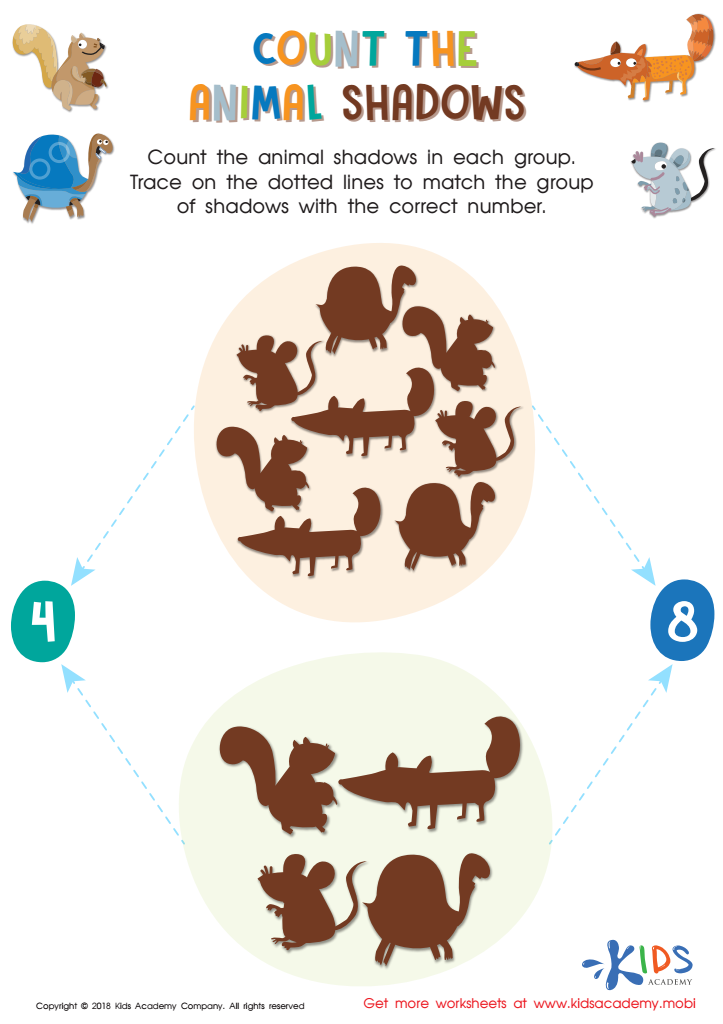

Count the Animal Shadows Worksheet
Visual perception is a crucial foundational skill for children aged 6–8, especially when learning about numbers up to 100. This skill involves the ability to interpret and make sense of visual information, which is essential for recognizing patterns, shapes, and quantities in numeracy.
For parents and teachers, understanding visual perception in number development can significantly enhance a child's learning experience. It aids in identifying, distinguishing, and reproducing numbers clearly, which is vital for writing, reading, and problem-solving in mathematics. Strong visual perception helps children recognize number formations and spatial relationships, which are key in understanding concepts like addition and place value.
Additionally, as children encounter more complex numerical tasks, being adept at visual perception helps them to interpret graphs, charts, and visual data effectively, preparing them for more advanced math in later grades. Engaging activities that promote visual perception, such as puzzles, games, and manipulatives, make learning about numbers enjoyable and engaging.
By fostering these skills, parents and teachers can help children build confidence and competence in mathematics, ultimately leading to greater success academically and in everyday situations. Encouraging visual perception in young learners is an essential investment in their overall cognitive development.
 Assign to My Students
Assign to My Students





